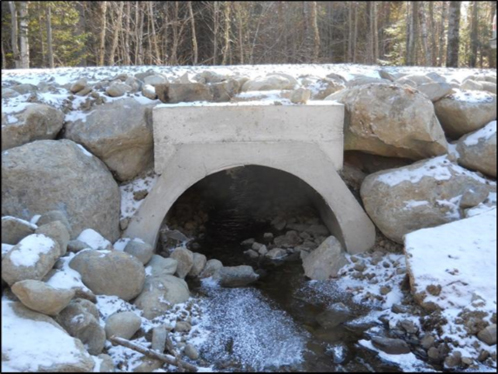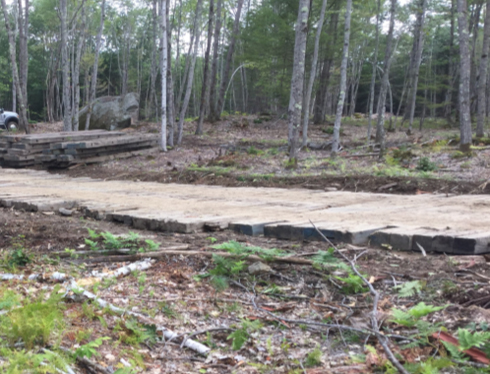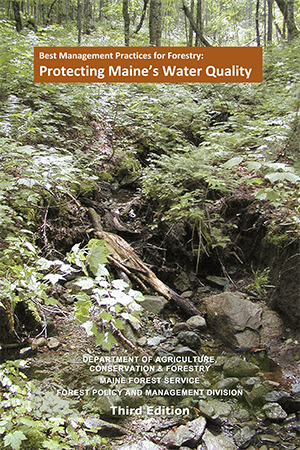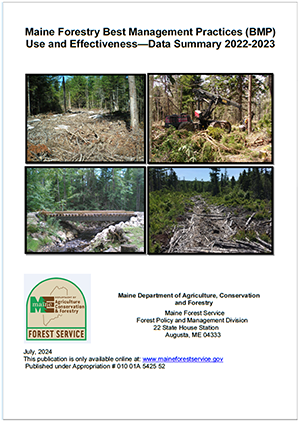DACF Home → Bureaus & Programs → Maine Forest Service → About Us → Forest Policy and Management → Water Resources → Best Management Practices
Best Management Practices
Guidance Documents
- Stream Crossing Permitting Quick Reference Chart (PDF | 81.1 KB)
- Vernal Pool Guidelines (PDF | 960 KB)
- Skidder Bridge Loan Program Pamphlet (PDF | 1.27 MB)
- Harvest Planning Guidance (PDF | 43.6 KB)
- BMP Trifold Pamphlet (PDF | 1.72 MB)
Application Forms
In Maine, Forestry Best Management Practices–or BMPs–are a combination of regulatory and voluntary measures designed to protect water quality on timber harvests.
BMPs are based on a few basic principles, which when understood, allow loggers to select the most effective and efficient BMP practices for use on a particular timber harvest.
Please click the link below for a copy of our forestry BMP field manual, “Best Management Practices for Forestry: Protecting Maine’s Water Quality.” Also available is the 2018-19 biennial BMP monitoring report “Maine Forestry Best Management Practices (BMP) Use and Effectiveness.”
Past Maine Forestry Best Management Practices (BMP) Use and Effectiveness Reports
2020-2021(PDF) | 2018-2019 (PDF) | 2016-2017 (PDF) | 2014-2015 (PDF) | 2013 (PDF) | 2010-2011 (PDF) | 2005-2009 (PDF) | 2006-2007 (PDF) | 2005 (PDF)
Stream Crossing Permitting Requirements for Timber Harvesting Activities
MFS Water Resources Specialist Tom Gilbert discusses stream crossing permitting requirements for timber harvesting activities:
SFI “EZ Bar” Water Bar Installation Instructional Videos
The EZ Bar is a technique that evolved from years of forestry BMP training with foresters and loggers in Maine. Below are step by step instructional videos on the EZ Bar installation technique:
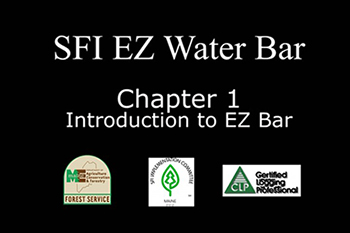
Forestry BMPs In Action: Risky Wood Vs. Safe Wood
University Forests Manager Keith Kanoti discusses a timber harvest on the Penobscot Experimental Forest: Risky Wood vs Safe Wood - YouTube
Produced by:


